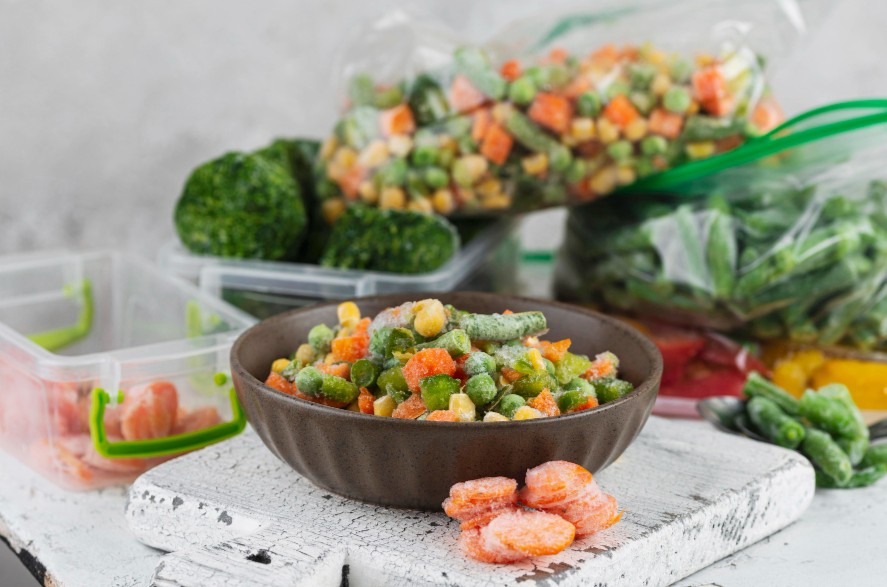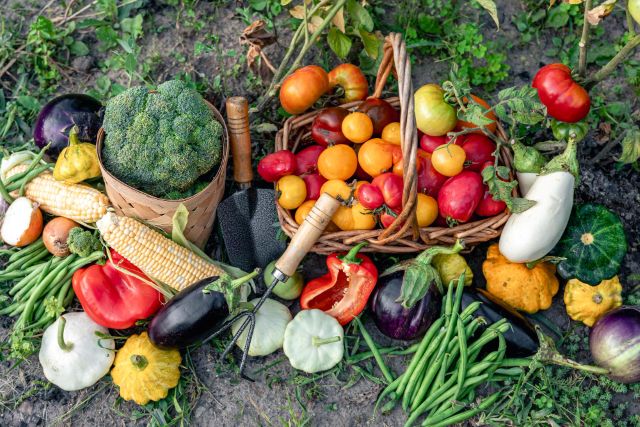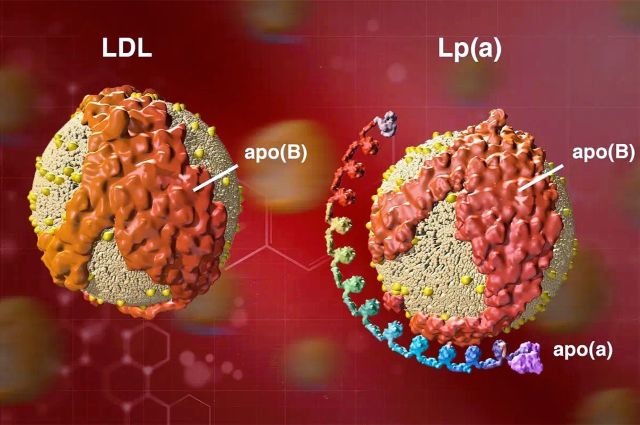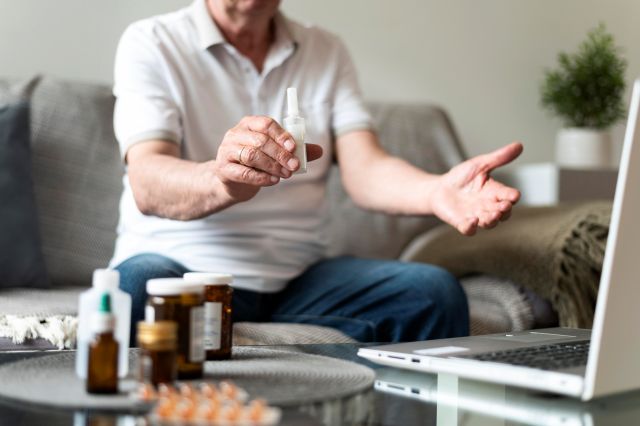Food Preservation Safety: Proven Methods, Hidden Risks, And Modern Solutions, Part 2

Today, food safety is defined not only by freshness but also by the purity of the environment in which food is stored. Modern technologies allow control over every factor - from the gas composition in packaging to the microclimate and container materials.









